|
“The greatest man is he who chooses the right with the most invincible resolution; who resists the sorest temptation from within and without; who bears the heaviest burdens cheerfully; who is calmest in storms, and most fearless under menaces and frowns; whose reliance on truth, on virtue, and on God is most unfaltering.” -Seneca the Younger (c. 4 BC - AD 65) A couple years ago, I came across a few old postcards of the cemetery, and found one that I hadn’t seen before. It contained a view that featured a freshly “closed” gravesite, covered in flowers. And when I say “covered in flowers,” I mean, really covered in flowers. I thought about this particular card earlier this year, twice, as I wrote story on early Frederick postcards, and another on pioneering florists of town. In both cases, I wondered why this slightly depressing view of a flowered-grave would be considered for use as a postcard. And more so, who would send this as a jovial greeting to friends or relatives with a snappy salutation like: “Hi all, having a great time, wish you were here at Mount Olivet Cemetery!” I decided to go “in search of” this postcard's exact location. The card itself was labeled on its face as being in “Area G” which helped a great deal. I was quick to find an obvious, and highly recognizable, feature to the far right of the photo—gravestones that were part of our famed Confederate Row. Soon, I found myself on the actual scene of the postcard in Mount Olivet’s Area G. I tried my best to match the present- day landscape to an 8 x 11.5 printout copied from the original postcard image. I began to study nearby monuments in an effort to pinpoint the approximate location of the camera responsible for taking the particular picture. Of course, there are a lot more stones (in the vicinity now), than there were then. And when I say "then," I’m talking about the year 1909, a fact deduced thanks to a series of photographs that can be credited to that particular year by photographer Charles Byerly, Sr. (1874-1944). As an aside, Charles was the grandson of Jacob Byerly and son of J. Davis Byerly, both great early photographers of Frederick in their own rights. After about five minutes, I was joined in Area G by (Mount Olivet superintendent) Ron Pearcey. We eventually located what we thought to be the presumed (recently closed) grave site in the postcard's photo. After studying the various stones that were once covered in flowers, it became readily clear whose grave plot this was primarily due to a monument dating to 1909, and not seen in the photograph. It belonged to Rev. Osborne Ingle, whom both of us were already quite familiar with.
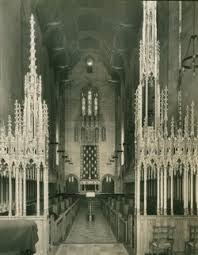 Interior view of the Philadelphia Divinity School Interior view of the Philadelphia Divinity School Young Osborne lost his mother when he was four years-old. He grew up in Washington, DC where he received his elementary education in private schools and later attended the Rittenhouse Academy. He would move on to Episcopal High School, near Alexandria, VA and subsequently graduated from the University of Virginia in 1860. In the fall of the same year, Osborne Ingle entered the Episcopal Theological Seminary of Virginia, where he remained until the spring of 1861. On account of the American Civil War, Ingle returned to the nation’s capital, and taught school for a short time. In January 1862, he entered the Philadelphia Divinity School, from which he graduated in the summer of 1863. Later that year, Osborne was ordained as a deacon of the Episcopal Church. Soon after his ordination, Mr. Ingle became assistant rector at old St. Peter’s Church in Baltimore where he remained until June, 1864, when he was ordained into the priesthood in Philadelphia. He then became rector of Memorial Protestant Episcopal Church, back in Baltimore. Here, Osborne stayed until the summer of 1865. On May 13th, of the following year, Mr. Ingle became rector of All Saints’ Episcopal Church here in Frederick. The City of Clustered Spires Mr. Ingle came to Frederick with “family in tow” after a turbulent time for the city. Just over four years earlier, Frederick had been the first major town that Confederate Gen. Robert E. Lee would bring his Army of Northern Virginia. This occurred in September, 1862 and would include a multi-day occupation that eventually led to the nearby battles of South Mountain and Antietam. Less than a year later, the Union Army took over the town while en-route northward to Pennsylvania in hopes of intercepting Lee’s army who had crossed into Pennsylvania. Both North and South forces would clash at Gettysburg in early July, 1863. One year later, the Battle of Monocacy, was fought on July 9th, 1864. Town leaders had thwarted possible disaster by garnering funds to pay off a $200,000 ransom demanded (or suggested) by Confederate Gen. Jubal Early. Nearby fighting, south of Frederick, was fierce, and residents got to see the carnage of war up close and personal as corpses and wounded soldiers were regularly brought back into town. Many would be tended to in the All Saints’ church building itself, as it had been commandeered for use as a makeshift hospital. After the fighting had stopped in 1865, peace and reconciliation had to be made between southern supporters and northern supporters, This, in many instances, involved relatives, friends and neighbors. Rev. Ingle certainly had his work cut out for him as I’m sure many residents had "lost their religion" over the four-year duration of the conflict. Rev. Ingle was charged with pacifying a torn community with the “Word of God.” For this, he was offered a yearly starting salary of $1,200/year, plus use of the church rectory as his living quarters. Rev. Ingle’s first sermon resonated with his new congregation as he based his text on the bible passage of Acts 10:29 which reads: “Therefore came I unto you without gainsaying, as soon as I was sent for: I ask therefore for what intent ye have sent for me?” God’s purpose would certainly play out over time for the holy man. It’s also not an understatement to say that Rev. Ingle would come to know the confines of Mount Olivet Cemetery quite well over his 44-year tenure in Frederick. As his profession dictated frequent visits here, there would also be bittersweet personal tragedies that led the man once called “the Minister of Frederick” through the burying ground’s iron front gates. Right from the start, Rev. Ingle was called upon to officiate funeral services here in Mount Olivet. Interestingly, among the earliest, was the re-interment of Francis Scott Key who had been removed from Baltimore’s old St. Paul’s Cemetery and brought to Frederick’s relatively new “garden cemetery” in October, 1866. Thirty-two years later, Ingle would serve as officiating clergyman during the highly- attended unveiling of the Francis Scott Key monument. A passage from the second edition of Ernest Helfenstein’s History of All Saints’ Parish, published in 1991, states: “The parishioners were not slow in appreciating the personal qualities of their new rector and he soon won a place in their interest and affections which, with the passing of years, ripened into a devotion, unique in character and productive of incalculable good. The early days of Mr. Ingle’s administration were featured by his strong desire to broaden the influence and benefits of the parish.” Mr. Ingle received the degree of Doctor of Divinity from St. John’s College, Annapolis, Maryland. “the heaviest burdens” As for Osborne Ingle’s personal life, he had previously married Mary Mills Addison, daughter of Anthony Addison of Prince George’s County, on August 11th, 1864. The couple had been warmly welcomed to Frederick and four children were born in the first four years of residency, prompting the church to assist Rev. Ingle in finding larger living quarters than the original rectory in the first block of W. Church Street provided. The Ingles would soon relocate to a dwelling on West Patrick Street, but would eventually land at 113 Record Street in 1878. This was the former residence of Dr. William Tyler who had entertained Abraham Lincoln 16 years earlier while the president was on a brief visit to Frederick to check on the recuperation of an old friend, Maj. Gen. George L. Hartsuff. Soon, the Ingle family would consist of eight children in the 1880 US Census. The grim reaper would reverse the good fortune of Rev. Osborne Ingle over the next three years. To set the mood of the period, we can look as far as Jacob Engelbrecht's diary. At this point in time, the famed town diarist, tailor and former Frederick mayor had been dead since 1878. His son Phillip kept the diary going and made the following entry on October 26th, 1881. “Diptheria—This disease is making sad havoc among the children of our city, there having been about fifty deaths up to this writing & about them many more. The physicians have called on the City fathers to see in to the sanitary conditions of the city. We hope it will soon be driven from our town.” Rev. Ingle’s first born child, Elizabeth "Bessie" Dulany Ingle, died on April 5th, 1881 shortly before her 11th birthday. The child, nicknamed Bessie, died as part of the terrible diphtheria epidemic that would grow in destruction over the next several months, particularly August, 1881-February, 1882. During this period, Frederick lost 125 of her residents to the diseases. January, 1882 was particularly cruel to the Ingles as five children would be taken by the dreaded disease. These included: Gertrude Mills Ingle (Jan 6th, 1882 at the age of 7), Osborne Ingle, Jr. (Jan 10th, 1882 at the age of 3), Caroline Ingle (Jan 11th, 1882 at the age of 5), Susan B. Ingle (Jan 14th, 1882 at the age of 10), and Antoinette Addison Ingle (January 19, 1882 at the age of 6). This was a horrific happenstance that Rev. Ingle faced in a steadfast and strong manner. All of these children would be buried in Area G/Lot 154. The Ingles and their three surviving children counted their blessings and pledged to move forward. However, another tragic event would sting this pious family shortly thereafter. On January, 28th, 1883, Mrs. Mary Ingle would die in childbirth, along with her infant child. They would be buried together in the same space within the Ingle plot in Area G/Lot 154. After this heartbreaking event, Rev. Osborne Ingle found himself a single parent of three surviving children. He successfully raised these into adulthood. They included Maria, Mary Addison, and James Addison. An article found in the Frederick Post on April 9, 1976 by Judge Edward S. Delaplaine shares: “The grievous ordeals Osborne Ingle suffered while serving as rector of All Saints’ Church in Frederick, together with the lasting sympathy of the members of his flock, served to cement the bonds of affection.” This was exemplified five years later in 1888 when the congregation raised funds to send Rev. Ingle on a 3-month vacation to Europe with his daughter Mary as traveling companion. It was thought that this trip would help his grief and health. It was a smashing success. Rev. Ingle returned refreshed and rejuvenated. He would continue to lead All Saints’ in the last decade before the looming millennium. A joyous occasion occurred in June, 1890 when Ingle’s daughter, Maria, married Henry Randall Webb, of Washington, DC. “The last storm” Seven months after Maria’s wedding, Rev. Ingle presented his son, James Addison, as a candidate for deacon in the Episcopal Church. James had attended the local Frederick schools, then graduated from the Episcopal High School of Virginia at Alexandria, Virginia. He obtained his B.A. degree from the University of Virginia in 1885 and his M.A. from the same institution in 1888. After teaching at a private academy in Charlottesville (1886-1887), Ingle decided to study for the priesthood. He graduated from Virginia Theological Seminary in 1891, and was ordained deacon at his home parish of All Saints Church, January 29th, 1891 by Bishop William Paret. James Addison Ingle would be assigned to serve as a missionary to China. He left for the Far East by boat in October, 1891. James Addison Ingle served for ten years. He returned to the US on furlough in 1894, at which time he came back to Frederick to renew relations with friends and family. James Addison married Charlotte Rhett Thomson of Charlestown, SC. The wedding was presided over by the groom’s father, of course. Back in Frederick, James Addison used the break to refresh himself while sharing his stories of life in China to townspeople. He also co-officiated a Thomas Johnson, Jr. commemoration sponsored by the Frederick DAR Chapter. The younger Rev. Ingle gave the keynote speech at Johnson’s gravesite in the old Protestant Episcopal burying ground in between Carroll Creek and East All Saints Street. James Addison Ingle returned to China in 1895 and would eventually publish the Hankow Syllabary in Shanghai in 1899. Meanwhile, James’ father was continuing his efforts to lead the All Saints’ congregation, while making necessary improvements to the church building and related accoutrements and programs. Rev. Osborne Ingle was also very active in municipal affairs and served as chaplain to several organizations such as the Independent Hose Company, Frederick Chapter of the Daughters of the American Revolution and the Francis Scott Key Memorial Association. With this latter affiliation, Rev. Ingle was chosen to preside over the heavily-attended unveiling ceremony of the Francis Scott Key monument in August, 1898. Just thirty-two years earlier, Ingle had been on hand for the first burial of Francis Scott Key in Mount Olivet in the year 1866. In 1901, Osborne’s son was elected missionary bishop for the Missionary District of Hankow, China. In this, Rt. Rev. Ingle became the first bishop of the American Episcopal Church to be consecrated in China. The consecration service in both English and Chinese took place at St. Paul's Church, Hankow on February 24th, 1902. Sadly, at the age of 36, James Addison Ingle would die on December 7th, 1903 and was buried in the Old International Cemetery in Hankow. Meanwhile, the news was originally kept from Rev. Osborne Ingle as he lay ill in a Baltimore hospital, attempting to recuperate from a recent surgery. Apparently, his hospital room was said to be “banked with flowers” and Mary wanted to withhold the tragic loss as not to create a setback in her father’s recovery. James Addison left a wife and two children. Charlotte Rhett Thomson Ingle would survive her husband by four decades. When she passed and her body was interred at her family's gravesite in Magnolia Cemetery in Charleston, South Carolina, the couple’s joint cenotaph remembered Rt. Rev. Ingle. A memorial service was held in James Addison Ingle’s honor at Emmanuel Church, Baltimore, during which Rev. Arthur M. Sherman mentioned Rev. Ingle’s dedication to building a native church, and his efforts after the Boxer Rebellion. His Frederick, Maryland parish donated funds to establish a scholarship at the Boone Divinity School in China in his memory, which was mentioned at the All Saints' day services in both his parishes. A memorial to Osborne's son can be found in the form of a memorial pulpit at Frederick's All Saints' Church. Once again, Osborne Ingle had to endure another personal loss. His journey along these lines had started in youth with the untimely loss of his mother. Now the son who had followed in his footsteps was gone, a bright star in the Episcopal Church that was extinguished in a mere instant. Ingle made a full recovery, but he retained proverbial holes in both his heart and mind as he had lost more than a mortal man could ever imagine. He forged on, with his reliance on God. The year 1906 brought two very special and joyous occasions. In January, All Saints’ Episcopal would celebrate its 50th year in the present church structure fronting on W. Church Street. The opportunity was also taken at this time to properly consecrate the church as well. In May, the congregation celebrated once again. This wasn’t done for the church or structure, but solely for the man who had come to Frederick 40 years earlier to lead its members. In his Frederick Post article (April 9th, 1976), Judge Edward Delaplaine explained the actions of the church during this landmark occasion: The vestry on the 9th of May, 1906, adopted the following resolutions expressing the feeling of the parish that no man could have rendered “more blessed ministrations.” In the resolutions, Rev. ingle was praised for his life and his preaching amid the joys and the trials of 40 years, asserting that there had always been one figure—both in sunshine and in shadow—who had guided and comforted them all. They assured Mr. Ingle not only of their boundless confidence and love but also their prayers that his life would be “extended to the uttermost.” Rev. Ingle was also urged to take a summer vacation and was given a gift of $565 in gold, contributed by the members of the congregation. The 70 year-old minister was said to have been overcome with gratitude. Delaplaine commented: “He expressed his thanks and spoke feelingly of the many kindnesses which had been bestowed upon him during his 40 years in Frederick.” As for the vacation, Rev. Ingle and daughter Mary traveled out west and visited Yellowstone National park and returned home via Canada and the Great Lakes. Rev. Ingle’s physical strength and resolve would decline rapidly over the next few years. He would give his last sermon from the All Saints’ Church pulpit on August 15th, 1909. Just over a month later, he would be gone—dying on September 20th. Rev. Ingle’s death was felt strongly throughout the community he served for forty three years. His funeral service was held in his beloved church amidst the backdrop of a quiet City of Frederick with the exception of tolling bells in his honor. In tribute, the stores of town were closed, along with local manufacturers as nearly the whole town paid their respects to “the man who walked with God.” His mortal remains would be placed next to wife Mary in the now expanded family plot in Mount Olivet’s Area G as Lot 152 was purchased to adjoin existing lot 154 which held the remains of the six Ingle children lost to the terrible diphtheria epidemic of 1881-82 and the other lost in childbirth in 1883. Rev. Ingle would be further honored and memorialized by his congregation with stained glass windows and a memorial tablet in his church, and a white marble cross on his grave. Twelve years later, Maria Ingle Webb would be buried next to this cross in the Ingle plot following her death in 1921. The sympathetic members of Frederick’s All Saints’ congregation never forgot the ordeals through which the beloved rector had passed. Some 58 years after the deaths of Mrs. Ingle and her seven children, a stained glass window was installed in the church in memory of his children. This event took place in 1940 and was presided over by the remaining member of Rev. Osborne Ingle’s family—Mary. She would pass in 1955, and was buried beside her parents and siblings at Mount Olivet at that time.
3 Comments
Lynne Price
9/21/2019 10:30:16 am
Thank you so much, Chris, for this touching tribute to the Rev. Dr. Ingle. He truly was such a devoted man of God, and he led the congregation of All Saints' for so many years. My great-uncle was named for him, Osborne Ingle Price.
Reply
Nancy Droneburg
9/22/2019 12:27:47 pm
Beautiful
Reply
Helen Jervey Ball Brennan
7/9/2024 09:08:16 pm
The Rev Osborne Ingle was my great great grandfather. My mother was Helen Ingle
Reply
Leave a Reply. |
STORIES
|
Archives
July 2024
June 2024
May 2024
April 2024
March 2024
February 2024
January 2024
December 2023
November 2023
September 2023
August 2023
July 2023
June 2023
May 2023
April 2023
March 2023
February 2023
January 2023
December 2022
November 2022
October 2022
September 2022
August 2022
July 2022
June 2022
May 2022
April 2022
March 2022
February 2022
January 2022
December 2021
November 2021
October 2021
September 2021
August 2021
July 2021
June 2021
May 2021
April 2021
March 2021
February 2021
January 2021
December 2020
November 2020
October 2020
September 2020
August 2020
July 2020
June 2020
May 2020
April 2020
March 2020
February 2020
January 2020
December 2019
November 2019
October 2019
September 2019
August 2019
July 2019
June 2019
May 2019
April 2019
March 2019
February 2019
January 2019
December 2018
November 2018
October 2018
September 2018
August 2018
July 2018
June 2018
May 2018
April 2018
March 2018
February 2018
January 2018
December 2017
November 2017
October 2017
September 2017
August 2017
July 2017
June 2017
May 2017
April 2017
March 2017
February 2017
January 2017
December 2016
November 2016

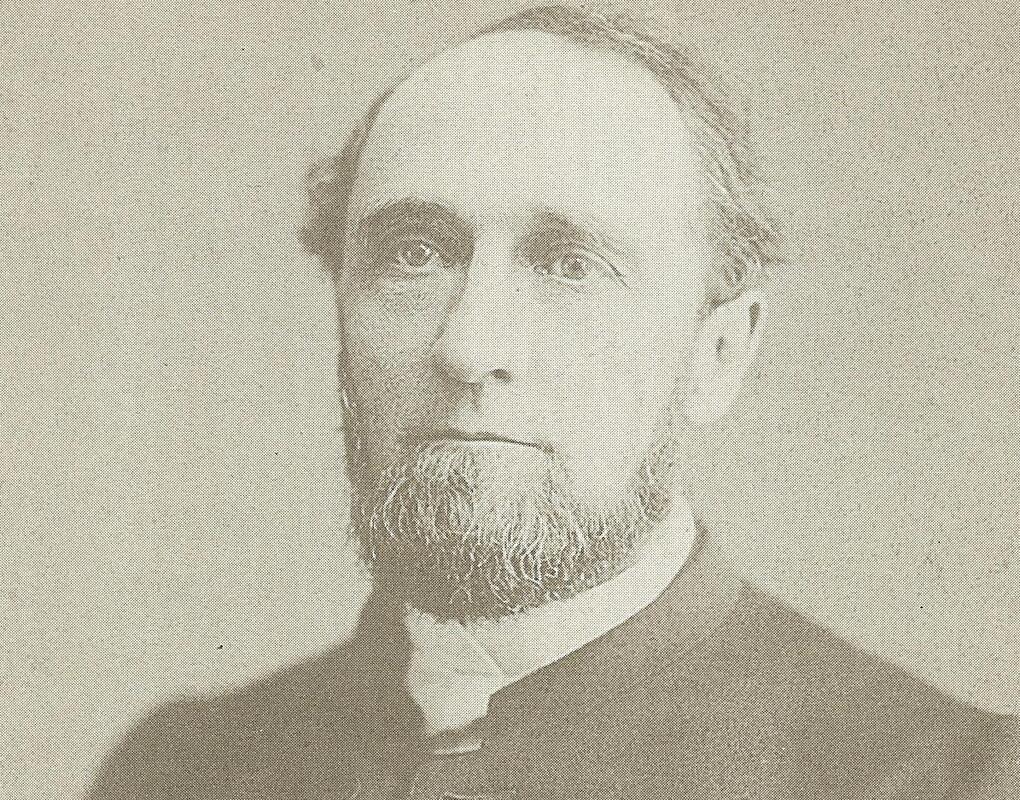

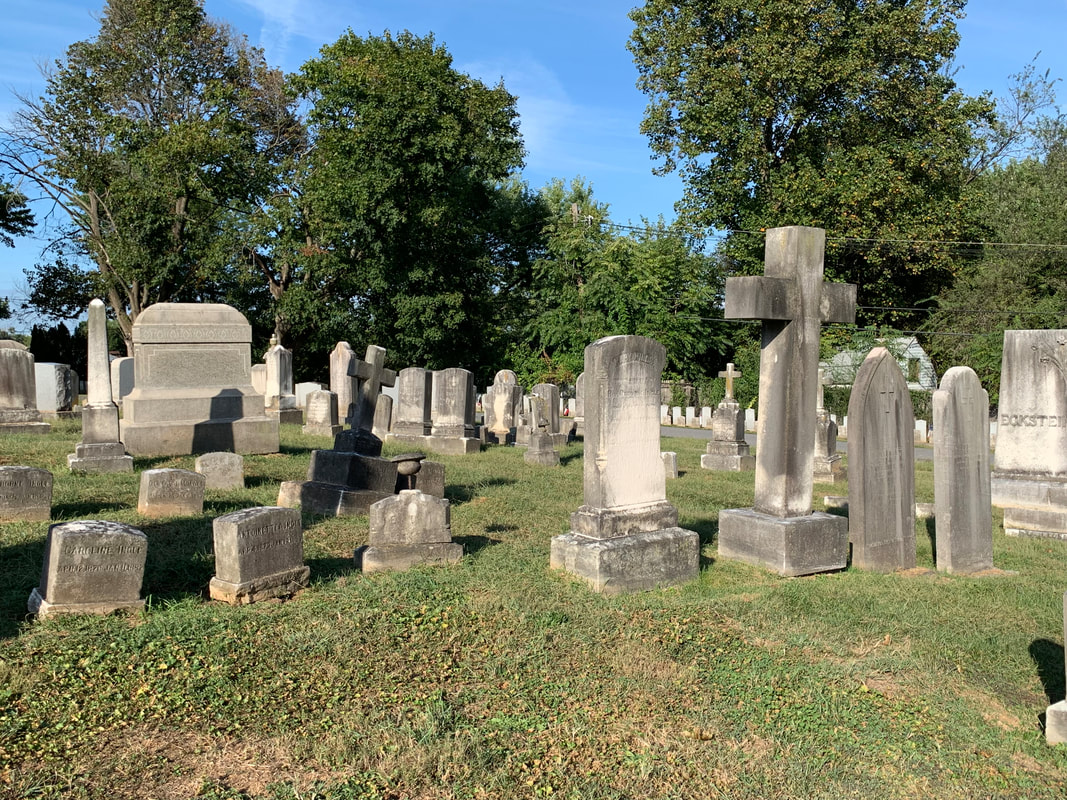









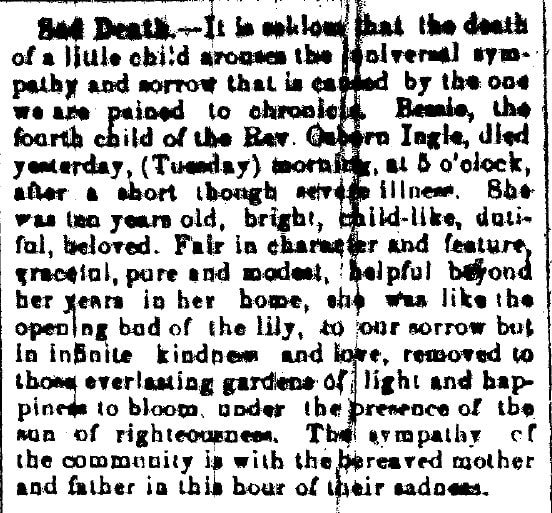

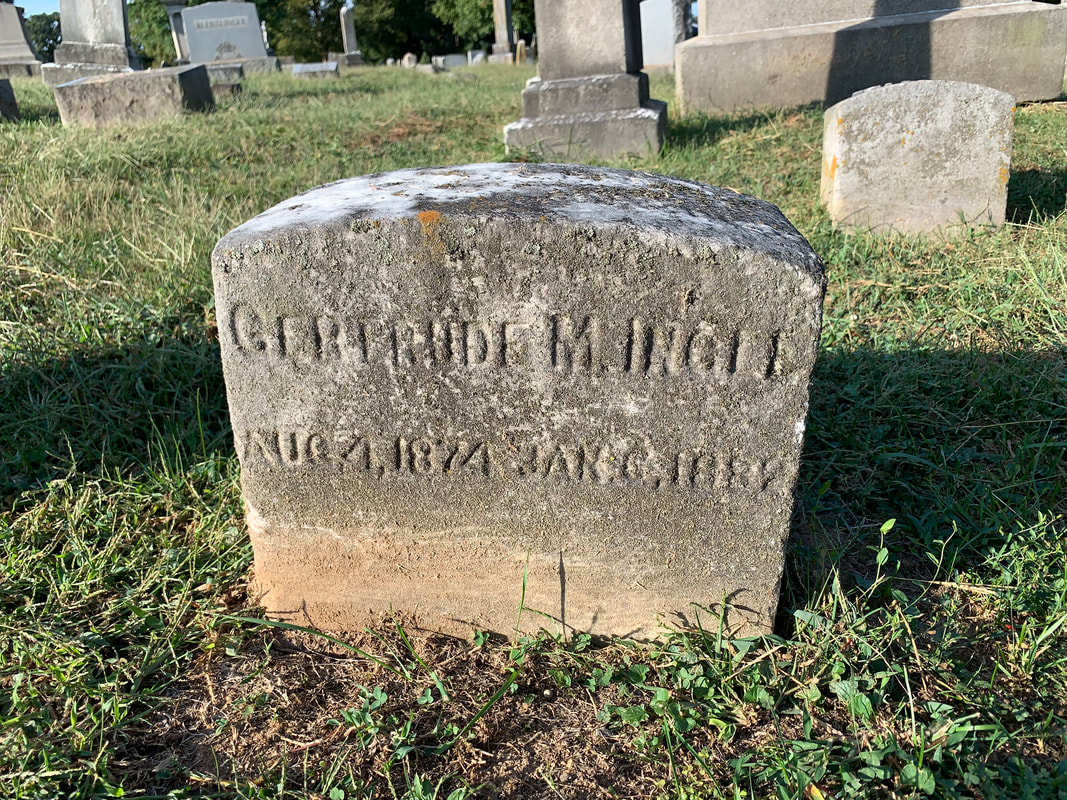












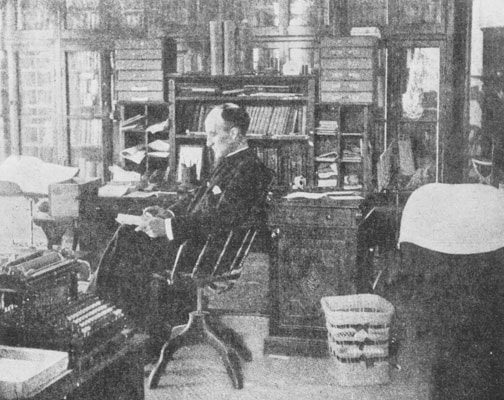
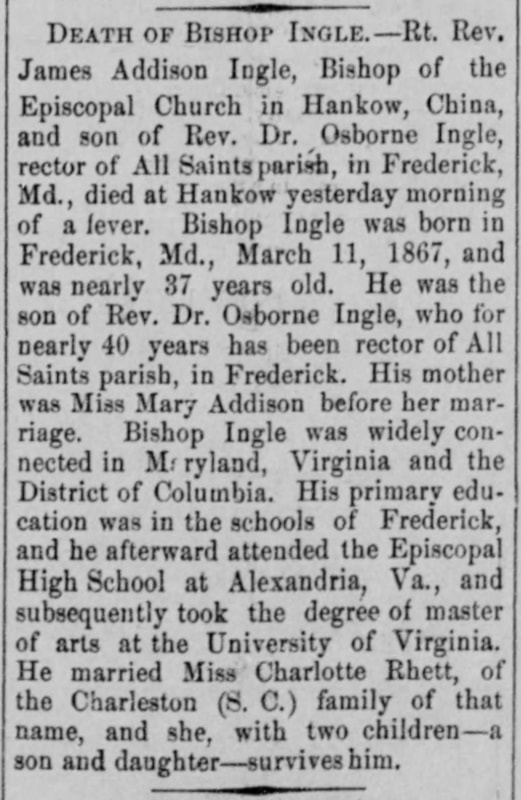
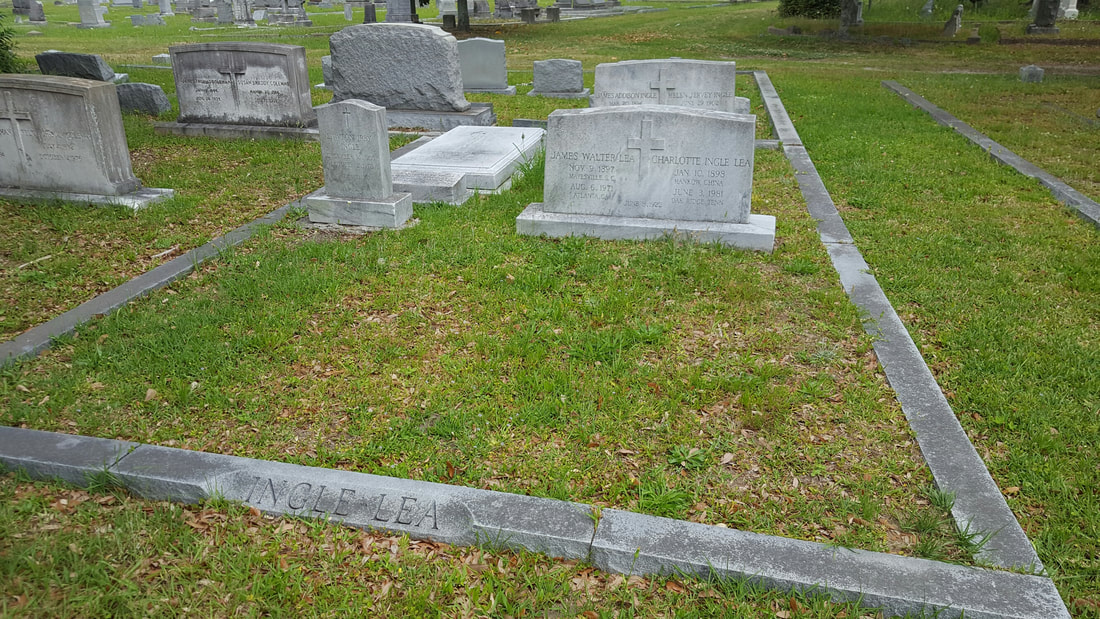


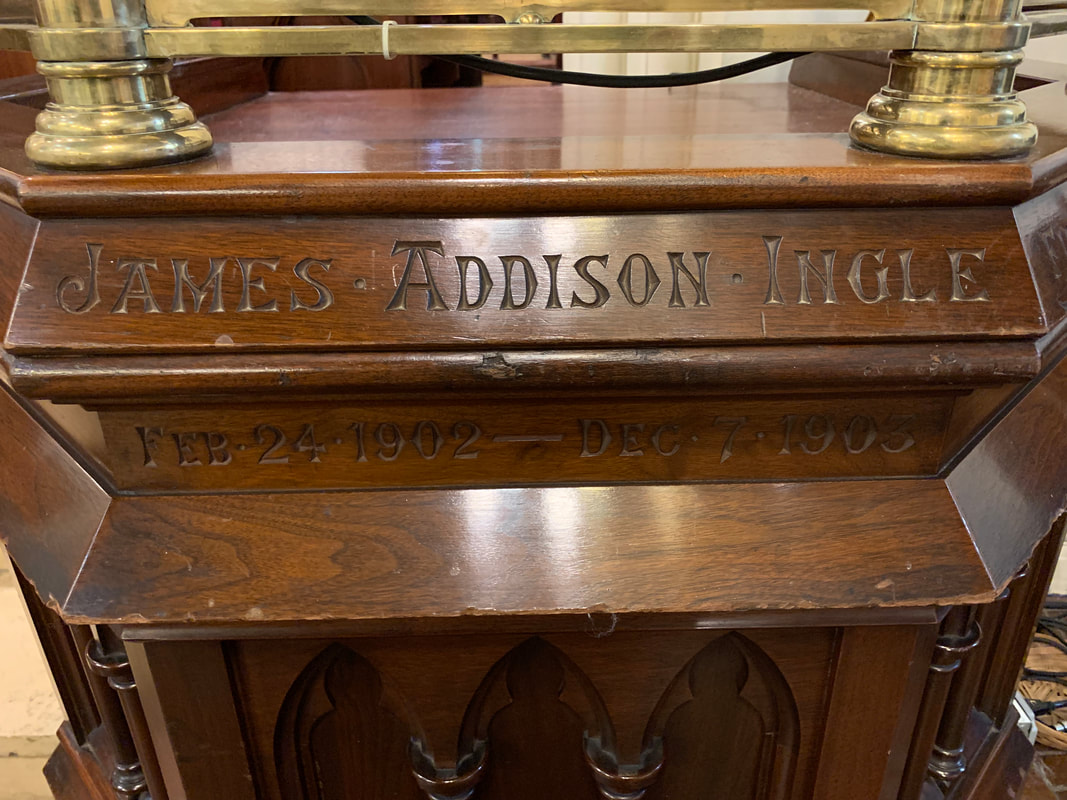

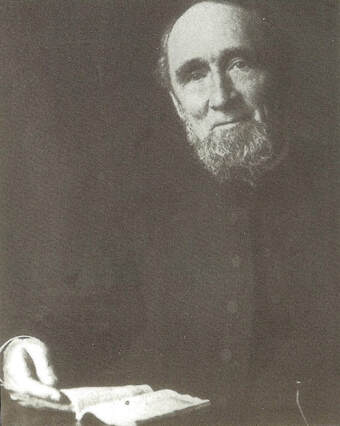


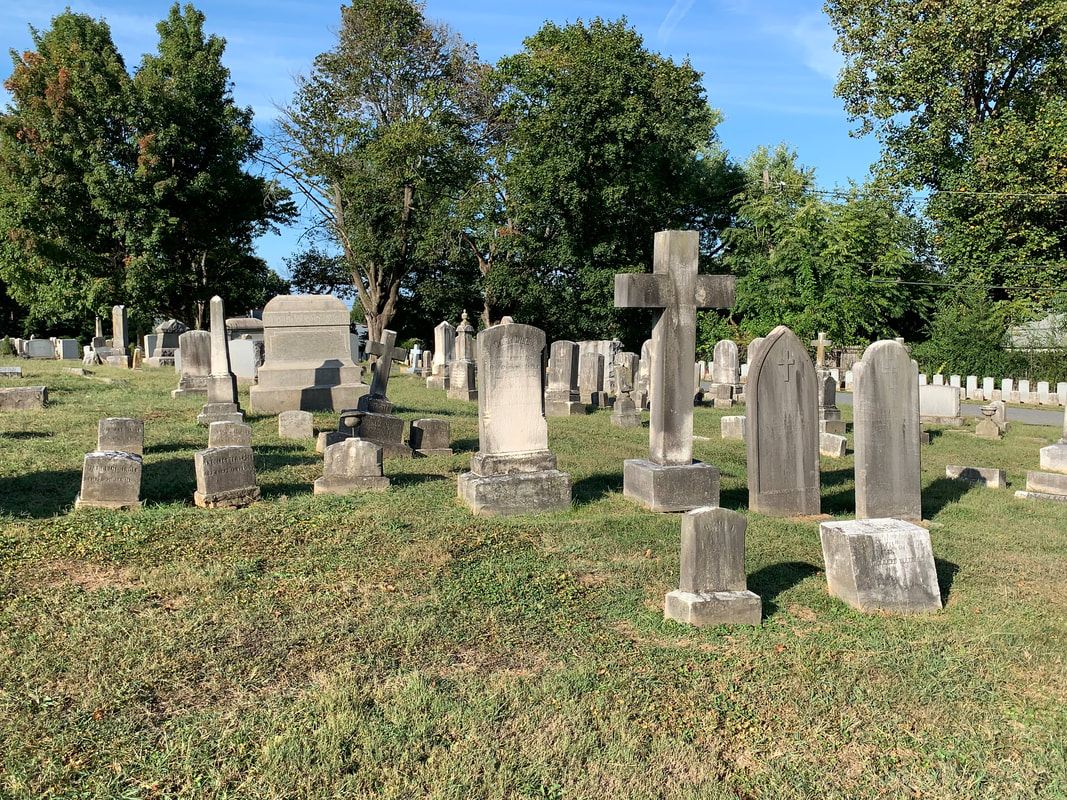





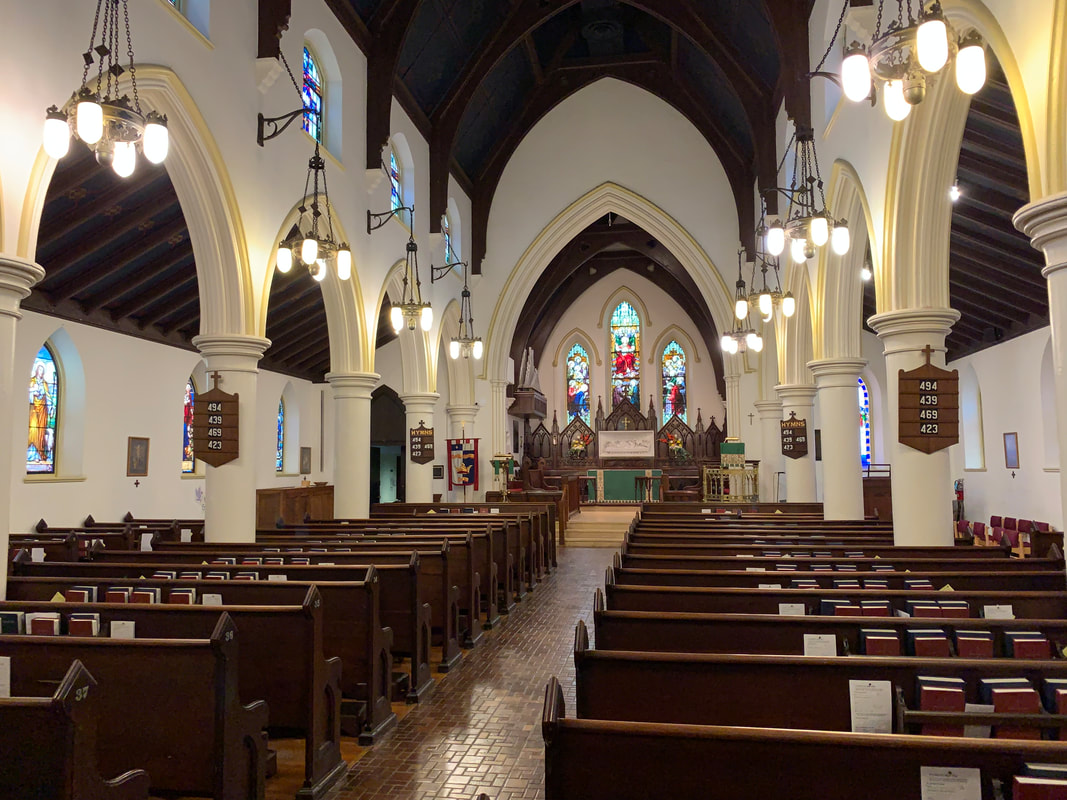






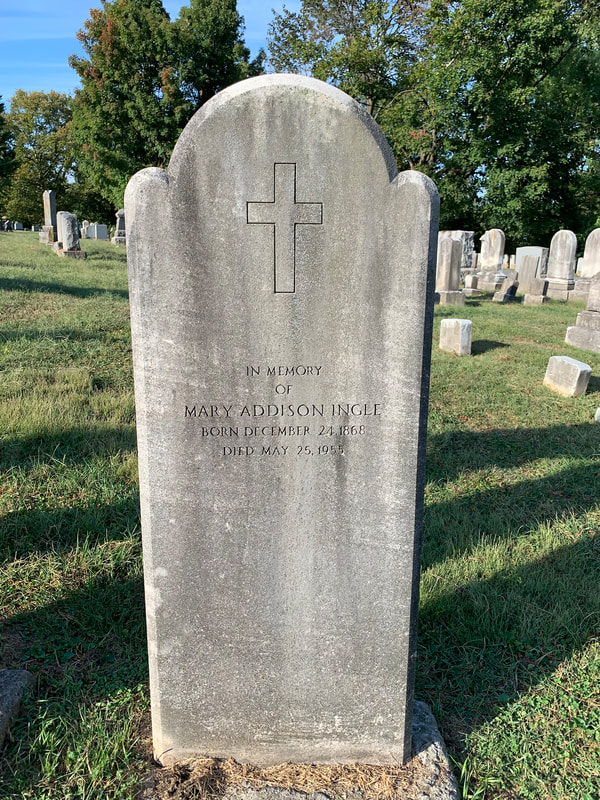



 RSS Feed
RSS Feed